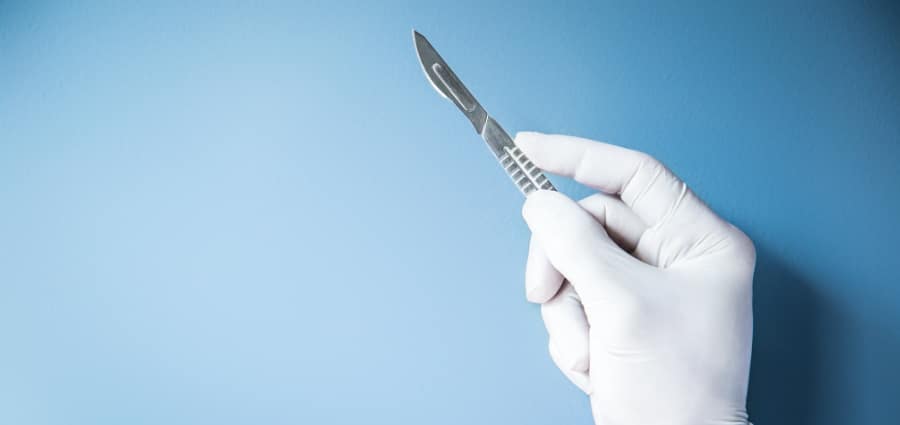Tips & Ideas

Is Eyelid Surgery Recovery Painful?
While it's possible the idea of eyelid surgery recovery brings to mind painful thoughts, the good news is, this is actually a false assumption.
The truth is, neither eyelid surgery San Francisco itself nor eyelid surgery recovery is very…

What Is Double Eyelid Surgery?
It is not uncommon for people of Korean, Japanese, Chinese, and other North Eastern descents to desire larger looking eyes and more eyelid visibility. Naturally, these individuals tend to have a smaller lid height when compared to those of other…

How to Minimize Breast Lift With Implants Scars
Breast lift with implants scars are a hot topic for those seeking this procedure.
Undoubtedly, if you are considering the surgery for yourself, you've already looked at breast lift with implants before and after photos. These images allow…

5 Tips for Breast Implant Removal and Replacement Recovery
Every patient recovers from surgery at their own pace. However, as a rule, breast implant removal and replacement recovery tends to be much easier than initial breast augmentation surgery.
If you are considering breast implant removal surgery…

Injectables for Men
While women usually dominate the discussion when it comes to cosmetic injectables, men are actually just as likely to benefit from them. No matter your age or the current status of your skin, if you’re a man looking to achieve smoother, more…

Plastic Surgery Myths: 10 Common Misconceptions
Over the past 30 years, plastic surgery has become more common, but it’s still an area rife with misconceptions. Armchair experts in public conversations often make assertions about plastic surgery that simply aren’t true—and with no experts…

Hip Dip Surgery: Get a Butt Like Kim Kardashian
Wish you had Kim Kardashian’s sexy hourglass figure? Sieber Plastic Surgery San Francisco can help!
You’re not alone. Millions of women would give anything to have the curvy body shape of the famed reality star. It’s a silhouette that…

Complete Guide to Botox Results
With age, a certain amount of fine lines and wrinkles are inevitable. Blame it on gravity, the sun, smoking, or any number of other factors. Facial wrinkles happen to everyone. Fortunately, however, you have options when it comes to reducing…

Breast Implant Revision Cost & Surgery Guide
Breast implant revision cost can vary widely depending on the location of your cosmetic procedures, the anesthesia required, your surgeon choice, recovery expenses, and the scope of your surgery.
While financing options are often available,…



